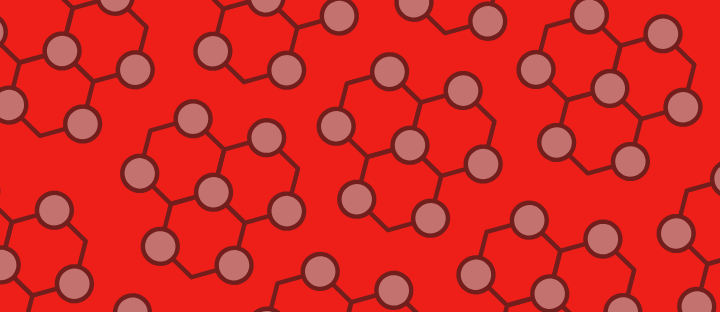Ahead of our 2022 Virtual KAND Family & Scientific Engagement Conference on August 13, 2022, KIF1A.ORG interviewed core KIF1A Research Network members to discuss their #relentless efforts to understand KIF1A and help KAND patients in this special “Meet the Research Network” series on the KIF1A.ORG blog.
KIF1A.ORG’s Research Engagement Director Dylan Verden, PhD, had the pleasure of talking with Shinsuke Niwa, PhD, Associate Professor of Cell Biology at Tohoku University in Sendai, Japan. Dr. Niwa talked to us about interactions between mutant and healthy KIF1A, and how genetic screening in worms can help us find drug targets.
Glossary:
C. elegans: A worm whose genetics and nervous system have been very well characterized. They are a relatively easy system to perform genetic editing, and because they’re transparent we can study protein function in real time. C. elegans‘ version of KIF1A is called unc-104 and has similar sequence and structure to the human protein.
Suppressor screen: An experiment to study genetic phenotypes. Starting with a worm that has a known mutation (in this case, unc-104/KIF1A, which causes movement problems), the researchers introduce new random mutations, screening for mutations that fix the movement problems. The researchers then identify these new mutations and see how it fixes the first one. This can inform development of new drug targets to improve KIF1A function.
Transcript:
Dr. Niwa: I’m Shinsuke Niwa of Tohoku University. My interest is in molecular motors, especially KIF1A. Since I was a graduate student I have studied KIF1A, from knockout mice to C. elegans (a worm model).
Dylan: Studying KIF1A in C. elegans, which is a worm model… what are the advantages to using a system like that for KIF1A research?
Dr. Niwa: The advantage of using C. elegans is that we can make model system C. elegans by introducing patient mutations into worm by genome editing, and also we can do suppressor screening to identify a way to cure the disease by genetic ways.
Dylan: Could you take a moment and describe what suppressor screen is? What does it mean to introduce a suppressor mutation?
Dr. Niwa: The suppressor screening means we introduce a second mutation into the disease model worm, and look for better suppressor mutants. A suppressor mutant means the disease model worm shows movement defects, however the suppressor shows better movement. [Meaning] that the second mutation makes the symptoms better. So we expect that if we can identify suppressor mutations, and if we can make inhibitors for these suppressor genes, we think that should be a good drug target to treat KAND.
Dylan: You’ve also focused significant research in the recent past looking at how healthy KIF1A and mutant KIF1A operate together. Could you speak a little bit more about what these heterozygote mutants can teach us about KIF1A function?
Dr. Niwa: As you know, KAND is encoded by a dominant mutation. People have two copies of the KIF1A gene. But if you have a mutation in one copy, people suffer from KAND. However, another copy is normal; in this situation, our question is what happens in this heterozygous mutation. So we make heterodimers of normal KIF1A and disease-associated KIF1A and measure their motility. We found that the disease copy inhibits the function of healthy KIF1A, meaning that if you knock down the disease copy of KIF1A, that should be a good way to treat KAND.
Dylan: Are there any other thoughts or messages you’d like to share with our KIF1A family community?
Dr. Niwa: Yes, we are now looking for a way to treat KAND by genetic screening. We now think one way, one very good target to treat KAND is the autoinhibition of KIF1A. Generally, KIF1A is inhibited by autoinhibition, that is like a brake of KIF1A. KAND people have a mutation in KIF1A, and the mutated KIF1A has defects in motor function. However, even if the motor function is inhibited, if you have a mutation in the brake, the double mutant KIF1A has better function. Meaning that if we can make an inhibitor for the brake of KIF1A, I think that is a good target for KAND. We are looking for such a drug, and we think we are now doing the genetic and drug screening using C. elegans to look for a way to treat KAND.

